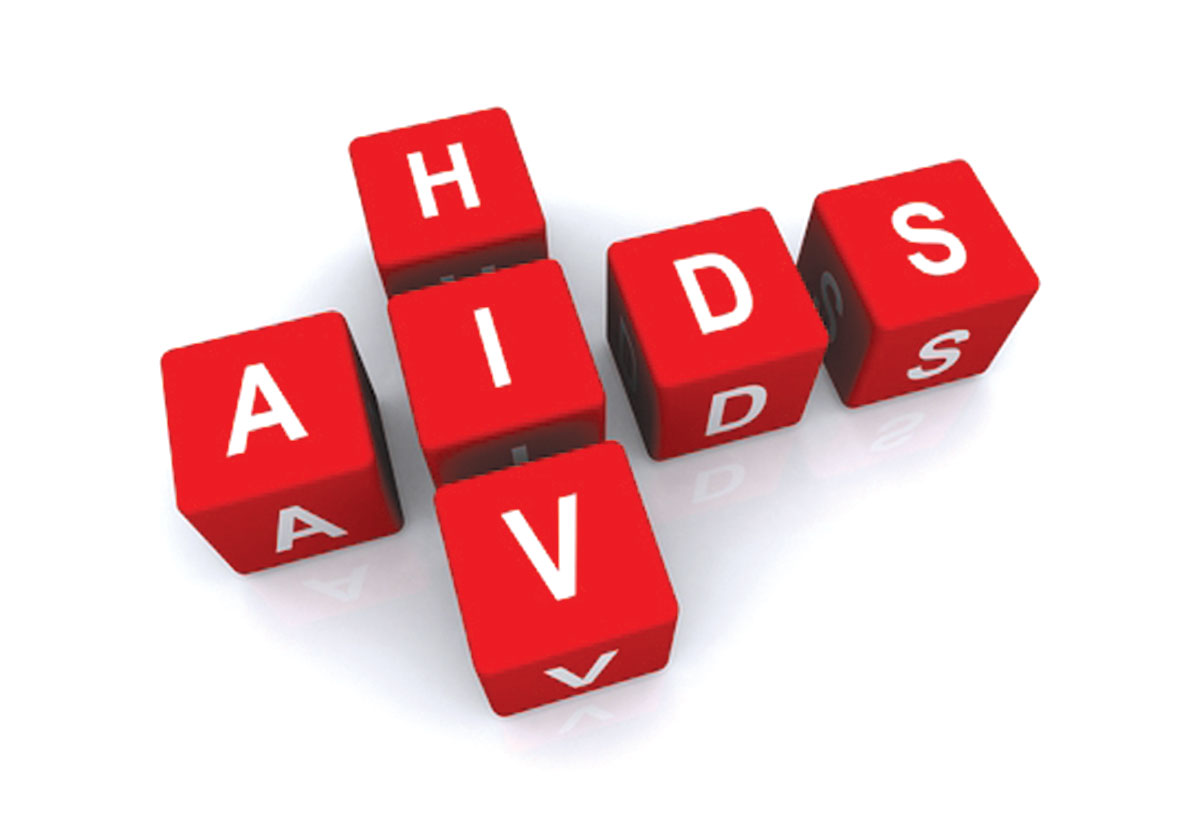For the stigma attached to the disease, the trend of people showing up for HIV tests is uncommon in Kashmir. The data available also doesn’t show an upward spike in the cases tested positive, reports Mudabbir Ahmad Tak

HIV is not known to be largely prevalent in Kashmir for various reasons. But statistics suggest that the number of people showing up for tests have shown a steady increase while as a number of confirmed cases has remained static. , “The number of positive cases detected annually has remained more or less the same,” reveals Dr Mohammad Lateef Charoo, Senior Medical Officer at the Anti-Retroviral Therapy (ART) Centre at Sher-i-Kashmir Institute of Medical Sciences (SKIMS), Soura. “There is no discernable increase in the number of cases testing positive for HIV infection, so the numbers are almost the same.”
In 2017-18, J&K State AIDS Control Society (JKSACS) suggests, 127432 people including 59023 pregnant women, were tested for HIV. Of the 365 general clients and 10 pregnant women tested positive. These are almost the same as that of 2016-17 when 327 general clients and 19 pregnant women tested positive for HIV.
Jammu and Kashmir have a low prevalence of HIV/AIDS. After the first HIV positive case in Kashmir was detected in 1986, a Kashmiri businessman who had gone to Germany and possibly contracted the infection there, a total of 1,021 AIDS deaths were registered till January 2019, according to JKSACS. Many of these are because of “co-infections” that are caused because of HIV/AIDS, the most common of them being Tuberculosis, which is estimated to be the cause for about 25 per cent of all these deaths. TB is an outcome of the weak immune system.
The number of people living with HIV (PLHIV) is lesser in Kashmir as compared to Jammu – 2306 HIV positive persons are obtaining ART from the centre in Government Medical College, Jammu while 271 are undergoing the same therapy from the ART centre at SKIMS Soura. This trend is perhaps due to the conservative social structure and influence of religion in the Kashmir valley.
“Indeed there is that angle. In the Muslim society that we live in, there is not much intermixing of sexes or drug prevalence,” Dr Charoo said. “Although many locals are being treated here, the majority of patients at this ART centre are non-locals.”
Dr Charoo said the doctors at the SKIMS centre were conducting the mandatory tests for the disease among various security forces and there would be a few positive cases. “But they have stopped sending their personnel for testing to us,” the doctor said. “Among locals, HIV positive cases are mostly males who have been out of the state for different purposes. When they come back, they pass this infection to their spouses or their partners as well. In many cases, because of the non-detection of this infection in parents, their children are also born HIV positive.”
Dr Charoo said the rates of transmission of HIV from an HIV-positive mother to her child during pregnancy, labour, delivery or breastfeeding range from 15 to 45 per cent.
Interestingly, Dr Charoo said Kashmir lacks “a specific local pool of population”, which is at higher risk of contracting HIV/AIDS excepting drug addicts who have a high prevalence of HIV. “They are a difficult group to handle and convince, and many of them give up on ART and do not return to the centre even if they are tested positive,” Dr Charoo said. “If they are married or are sexually active, they transmit this to their partners as well. This is one of the worrisome aspects of HIV/AIDS in the Kashmir.”
A person living with HIV requires much more than just medicines, because of the stigma associated with this disease. Many hesitate even to get themselves tested. Even after testing positive, infected people require psychological support as well. In a research published in the International Journal of Indian Psychology, 78 per cent of the PLHIV’s accepted to some form of mental disturbance or trauma because of the disease, while only two per cent said that they had consulted a psychologist for these problems.
“There are not only psychological issues with such patients, but they also face a lot of sociological problems and pressures as well,” said Ms Gousia Ashraf, ART Counsellor at SKIMS, Soura. “The first thing that we observe among the PLHIV’s who come here, especially during the early stages of therapy, is that they are very depressed and even have suicidal tendencies. This is because they have misunderstandings about HIV/AIDS and think that their lives are over. So we first have to slowly build rapport with these people through patient listening and then clear their misunderstandings through step-by-step counselling.”
Gousia said that because of the stigma associated with this disease, PLHIV’s face discrimination in society. “I have met many PLHIVs who say they were mistreated because of their condition because the first thing that comes to mind about this disease is its sexually transmissive nature,” Ms Gousia said. “Many people question the character of PLHIV’s and looks down upon them. Some are even shunned by their own families. So we have to counsel their families as well, and at the same time help the PLHIVs with understanding the different aspects of ART. Many patients are angry and sometimes have thrown the medicines in my face. But we have to work our way through that and make sure that they take their medicine properly because they cannot afford to miss any doses.”
The ART centre also provides sociological support by linking the PLHIVs with various welfare schemes. “Besides providing free medicine, we provide the PLHIVs with financial and legal aid as well, so as to give them an incentive to continue their therapy. We have even provided them with marriage counselling in the hope that they will lead normal lives,” Ms Gousia explains.















